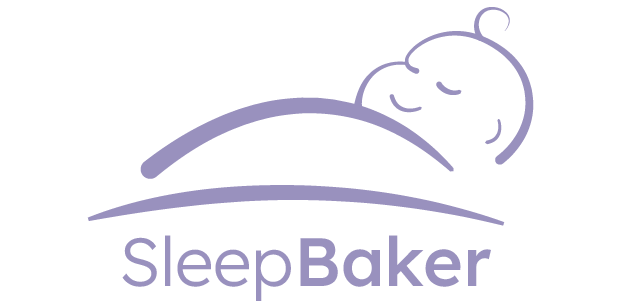
Sleep Training - No Need To Be Afraid!
Many parents feel anxious about sleep training, and that's understandable. Let me explain how it works. While babies are unique, they all react similarly to changes in routine – they resist them. However, this resistance can be overcome in just a few days to establish a new sleep pattern. So, don't be discouraged by the term "sleep training."
There are positives in every situation. Perhaps you're transitioning from co-sleeping to having your bed back, avoiding interrupted sleep and toes in your face. Maybe your baby struggles to sleep in a cot or you're shifting from a bassinet. Whatever the case, we refer to it as sleep training. This process doesn't involve leaving your baby to cry; instead, they are gently guided to develop healthy sleep habits. When your baby sleeps well, you sleep better too, reducing sleep deprivation.
One common question is, "Does it work?" The answer is a resounding yes, and I say this with confidence. While some babies may take longer than others, we are here to provide continuous support until the job is done. It's normal for babies to cry as a form of communication. By being transparent about the process, there are no surprises. Some babies may need three nights, while others might require five. Toddlers transitioning from their beds typically take around four nights, and children aged 5-8 may need 5-7 nights. Even older kids can benefit from SleepBaker.
Share

